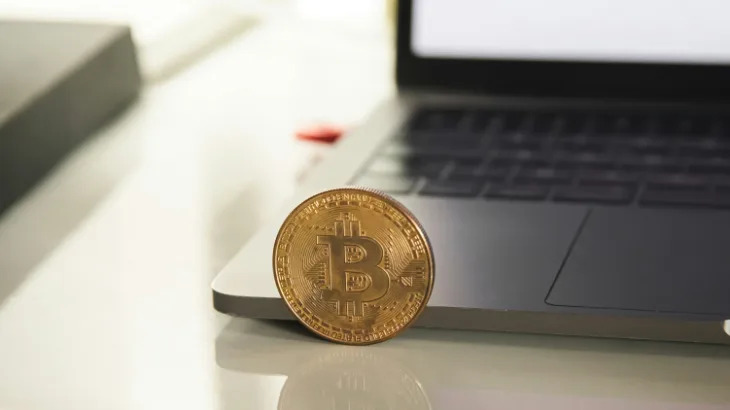
Bitcoin has crossed the $100,000 mark in 2024, a monumental achievement for the cryptocurrency that began as a fringe project of cypherpunks and tech enthusiasts. The cryptocurrency’s climb from its humble beginnings—at $1 in 2011 and $1,000 in 2013—demonstrates its evolution into a legitimate global financial asset. This achievement marks a significant moment in Bitcoin’s history, signaling its shift from a speculative asset to a widely recognized and increasingly institutionalized financial tool.
The road to $100,000 has been far from smooth. Bitcoin’s journey has been characterized by dramatic price fluctuations and multiple "near-death" experiences. In 2013, Bitcoin hit $1,000 before crashing to $200 in 2014, largely due to the collapse of the Mt. Gox exchange. By 2017, Bitcoin had surged to nearly $20,000, only to fall back to $3,200 by 2018 amidst regulatory crackdowns and market instability. In 2021, Bitcoin reached $63,000, driven by the adoption of major firms like Tesla, before dipping again due to factors like China’s Bitcoin mining ban. A high of $69,000 in November 2022 was followed by another sharp decline, reaching as low as $15,000 in the wake of FTX’s collapse and broader crypto turmoil.
Bitcoin’s latest ascent in 2024 is notably different. The approval of spot-based exchange-traded funds (ETFs) in major economies such as the United States and Hong Kong has opened new doors for institutional investors, with firms like MicroStrategy and large pension funds contributing to the rally. The election of crypto-friendly leaders, including U.S. presidential candidate Donald Trump, has also fostered a more favorable environment for Bitcoin. Trump’s campaign promises to replace Securities and Exchange Commission (SEC) Chair Gary Gensler, a key figure in the regulatory crackdown on crypto, has added optimism to the market.
Bitcoin’s rising status has turned it into a safe haven and hedge against inflation, drawing growing institutional interest. The increasing use of Bitcoin in countries reassessing the role of traditional reserve currencies—such as those in the BRICS nations—has also added to its appeal. As Bitcoin surpasses $100,000, analysts see this as just the beginning, with the potential for further growth once retail investors enter the market.
While $100,000 marks a key psychological milestone for Bitcoin, it’s not seen as the final destination. Institutional interest is now driving the price, with ETFs and corporate treasuries playing a larger role than retail investors. Looking ahead, Bitcoin could continue to rise, particularly if macroeconomic conditions remain favorable and no major financial shocks occur.
Despite the optimism, Bitcoin’s future remains uncertain. Volatility is a hallmark of the cryptocurrency market, and corrections are always possible. However, the $100,000 milestone serves as a clear indication of Bitcoin’s mainstream acceptance, positioning it as a viable financial alternative amid shifting global economic dynamics. As Bitcoin continues to evolve, it is poised to play an increasingly significant role in the future of finance.


